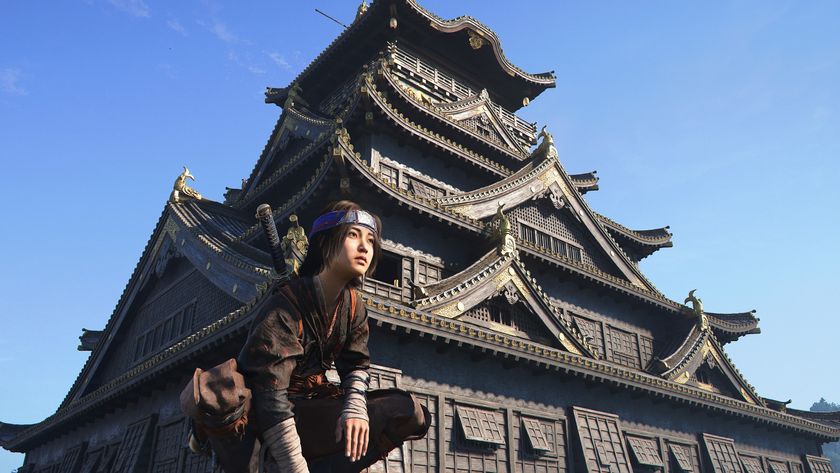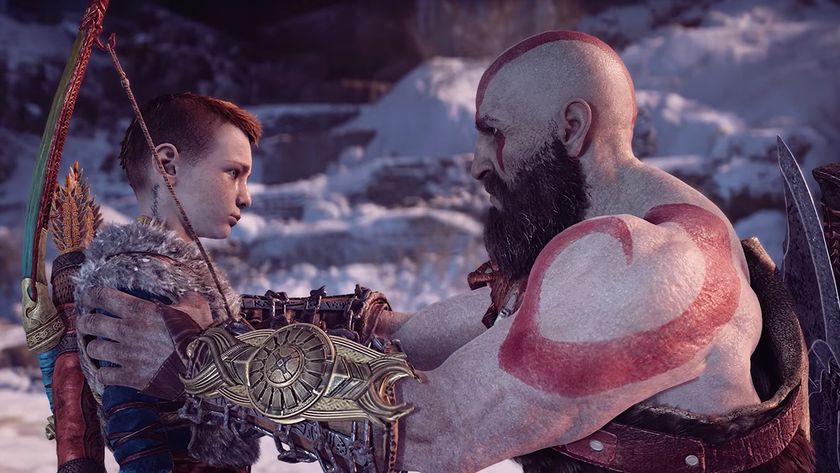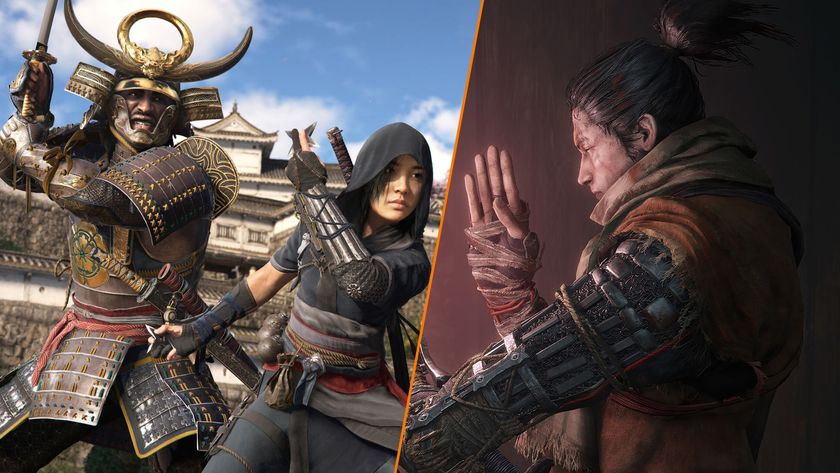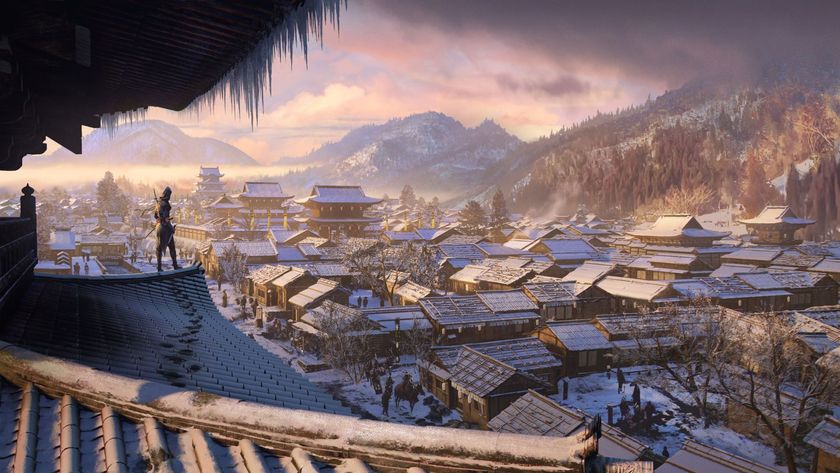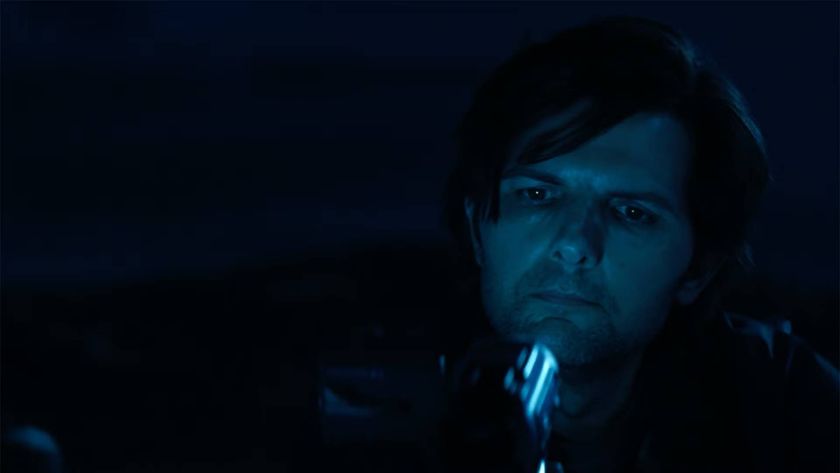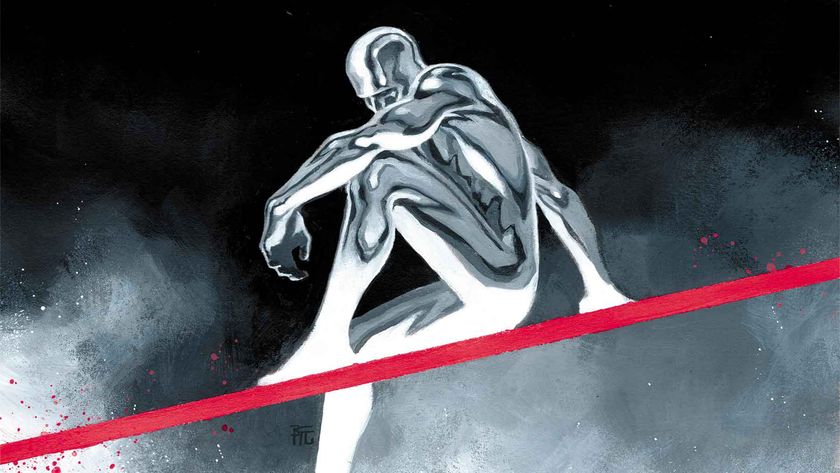Mafia: The Old Country sounds like it will avoid repeating the series' biggest mistake, and I couldn't be happier
Opinion | Mafia's period piece drama isn't compatible with endless open-world trappings
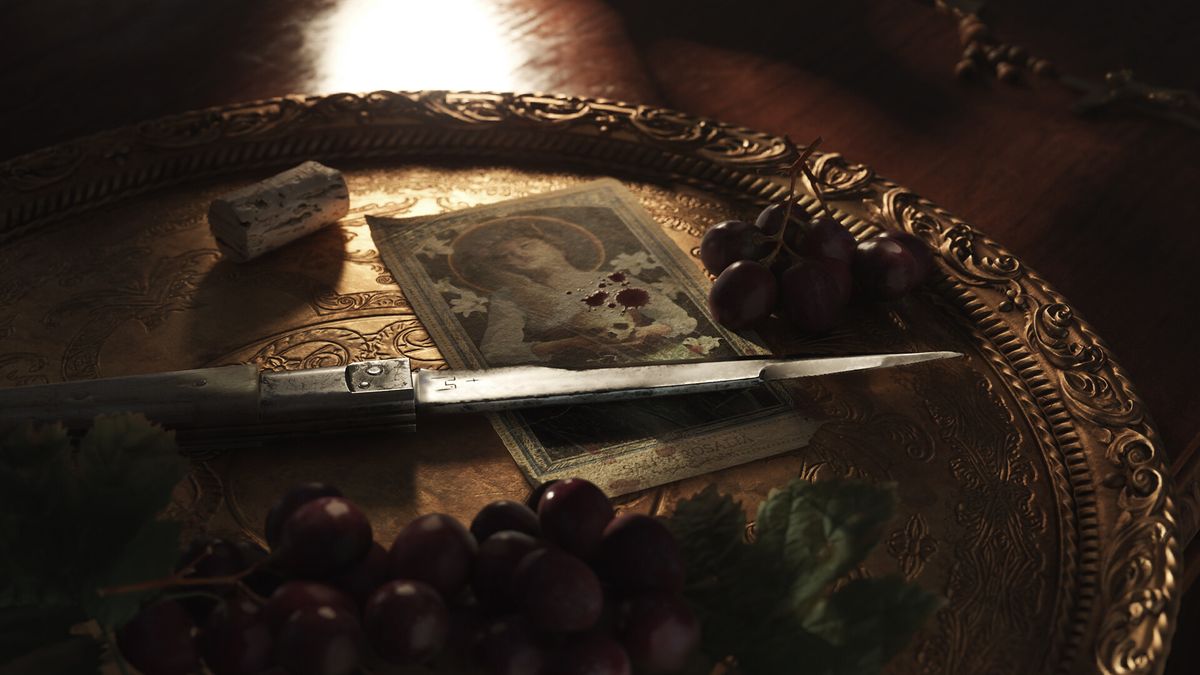
Color me foolish, but I didn't clock what Mafia: The Old Country's trailer was revealing until its title card was superimposed in massive letters over Sicily. In hindsight, all of that fancy artwork, ominous talk of family, and knives-stabbed-in-desks should have rung a bell – especially considering we've known Mafia 4 has been in development for a few years – but nope. Nothing. Niente. Don't get me wrong: it may have caught me unawares, but out of everything announced at Gamescom Opening Night Live, this surprise has been the greatest of all.
Since watching The Old Country's reveal, I've sunk hours into yet another Mafia 2 playthrough. The 2010 game holds up remarkably well – it's an immersive period piece set in the '40s and '50s, built around a pulpy mob drama – and despite its barest-of-bones open-world, its New York City-inspired setting feels far larger than it actually is. It's a far cry from its hyper-bloated follow-up Mafia 3, which I didn't click with nearly as much as it lost a great deal of its character with open-world shenanigans. In fact, I'm hoping The Old Country is anything but developer Hangar 13's last stint in the series – and from the little we've heard so far, that seems to be exactly what's on the way.
The old ways are best
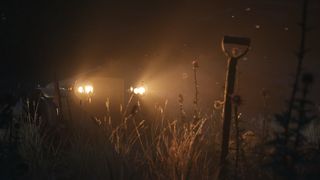
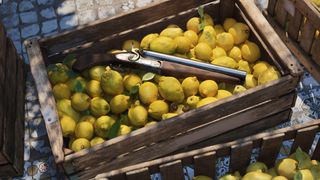
Mafia: The Old Country won't feature Italian voice acting - but that's because it's in Sicilian
Although we've got little to go on besides a minute-long trailer set in someone's fancy Sicilian office, Hangar 13 president Nick Baynes has teased that The Old Country will return "to the roots of what fans love about the Mafia franchise" with a "deep linear narrative". In fewer words, it's a step back from Mafia 3.
Don't get me wrong – there were parts of Mafia 3 I loved. The '60s setting, and New Orleans-inspired city of New Bordeaux were incredible, and I loved tearing through its vibrant streets in roaring muscle cars. Its soundtrack was phenomenal, and the story of Vietnam vet Lincoln Clay's one-man rampage against the mob was a neat twist on the series. But getting to see any of that tale play out was a nightmare, because it was entwined with a district system which divided the world into segments of gangland that needed to be cleared to advance the plot. You had to clear every section of the city, whacking made men and causing trouble in repetitive missions, until you were given the chance to kill that area's big cheese. Then, you had to do it all again in another zone. And another. And another, ad nauseam. The padding was too much for me to stomach - there was a cracking revenge thriller buried here, but it felt like eating 30 bowls of bland porridge to reach dessert.
It was clear that Hangar 13 wanted to chase the sandbox-y highs of Grand Theft Auto, with an open-world more suited to hoovering up side activities than its predecessors, but its quantity over quality approach was damning. It's been eight years since I last played Mafia 3, and while I'd struggle to name a single character of the many I killed, the nightclub I was dragged to for several of its earlier missions has been unwillingly seared into my brain.
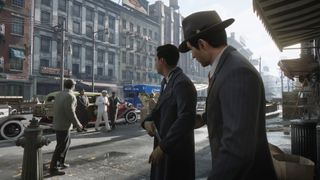
On the other hand, Mafia and Mafia 2 offered very little to do outside of its main missions, but that was for the best. Trimmed of fat, they let their narratives – the first with ex-taxi driver Tommy Angelo, the second following mobster Vito Scaletta – do the heavy lifting, and were far better for it. Free of open-world baggage, both told far more ambitious stories that took place across several years. This worked particularly well in Mafia 2 – Vito, his friends, and his enemies all get more time to develop; while seeing Empire Bay shift from cozy Christmas in the '40s to the peppier '50s makes for one of my favorite settings in a game.
It's the sort of lived-in character drama that Mafia 3 lacked, and if Baynes' talk of "going back to the roots" of Mafia is anything to go by, I'm already optimistic that The Old Country will be a course correction for the series. If a "deep linear narrative" gets us even halfway back to recapturing the personality of Vito's journey from footsoldier to made man, I'll be very happy indeed. The market for Hangar 13's historical hijinks remains wide open – Red Dead Redemption 2 is the only recent(ish) old-timey-crime-y sandbox that springs to mind, but even that doesn't scratch the itch for driving retro cars and having to vaguely obey traffic laws.
Sign up to the 12DOVE Newsletter
Weekly digests, tales from the communities you love, and more
Going even further back in the 1900s, I expect Mafia's immersive elements – unless 20th century Sicilian road laws are a thing of chaos – to matter even more. On the periodic side, there's plenty of room to explore the mafia's expansion from Sicily over the years, or even tell the story of legendary real-world mobster Calogero Vizzini – who's already made a brief appearance in the series, having saved Vito in Mafia 2's opening. Leaning on this sort of scope, rather than chasing open-world trends, is how The Old Country can thrive in a year that's almost certainly going to be dominated by Grand Theft Auto 6. Yes, the game's shiny trailer was enough to send me spiraling into yet another Mafia 2 playthrough, but Hangar 13 once again finding strength in linearity has left me truly excited for the future of Mafia.
Before our trip to Sicily gets underway, check out the best single-player games you can play right now.

Andy Brown is the Features Editor of Gamesradar+, and joined the site in June 2024. Before arriving here, Andy earned a degree in Journalism and wrote about games and music at NME, all while trying (and failing) to hide a crippling obsession with strategy games. When he’s not bossing soldiers around in Total War, Andy can usually be found cleaning up after his chaotic husky Teemo, lost in a massive RPG, or diving into the latest soulslike – and writing about it for your amusement.
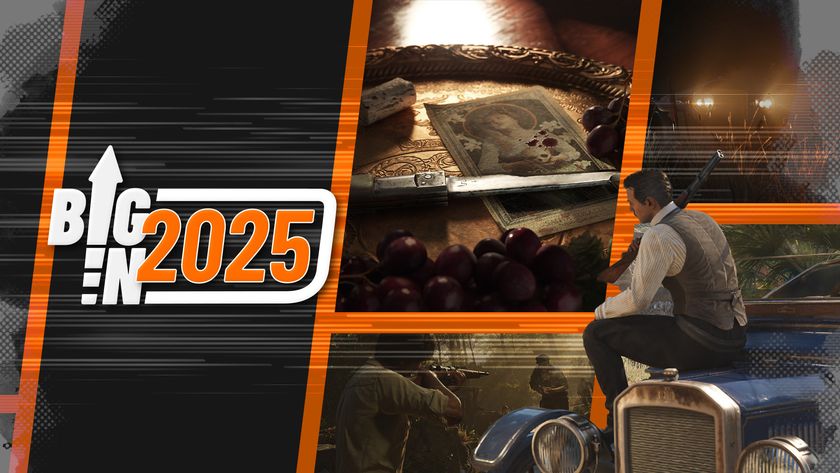
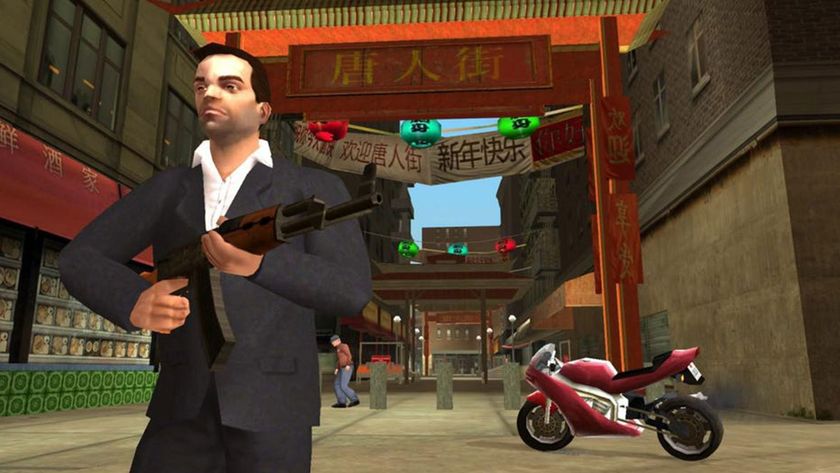
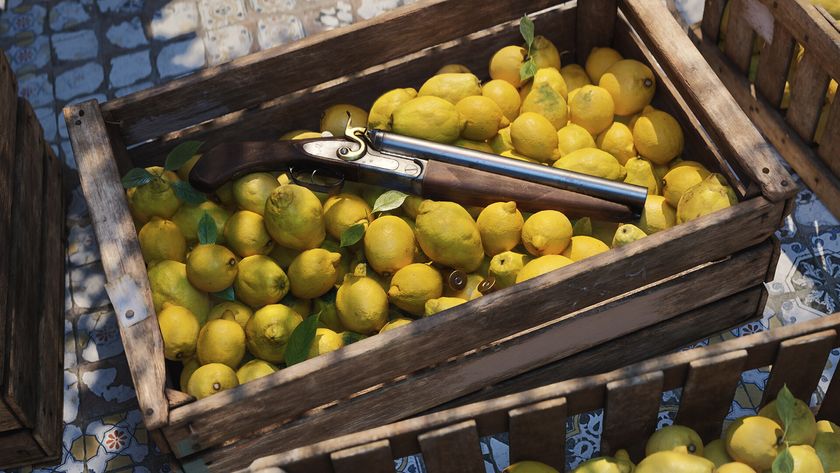

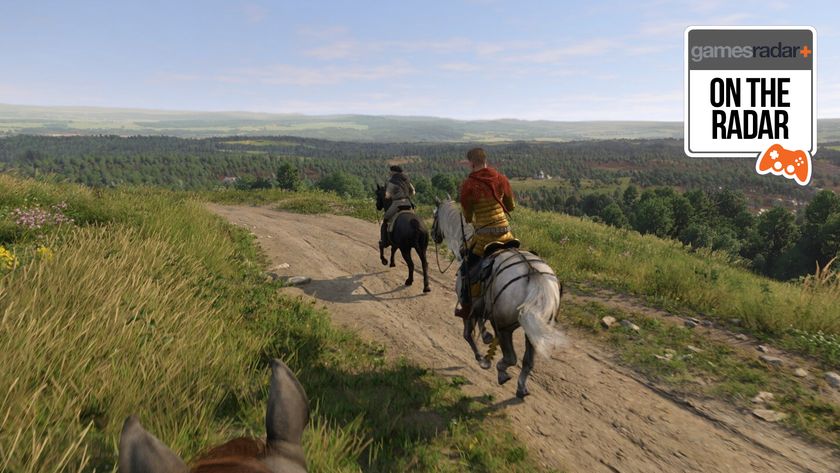

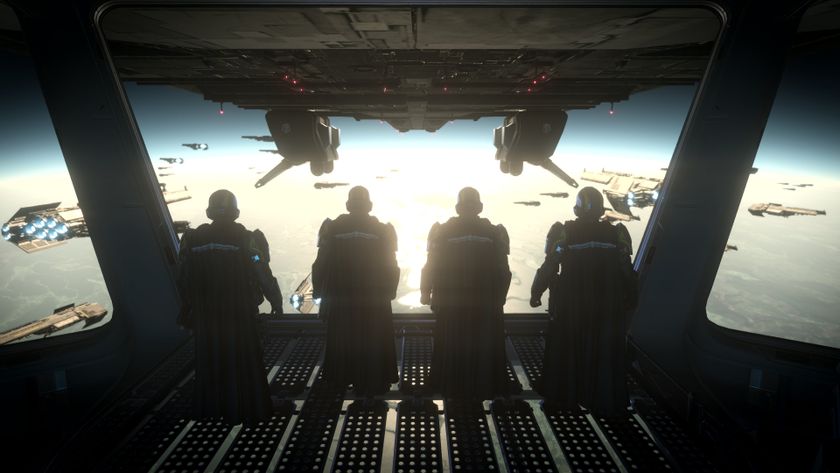
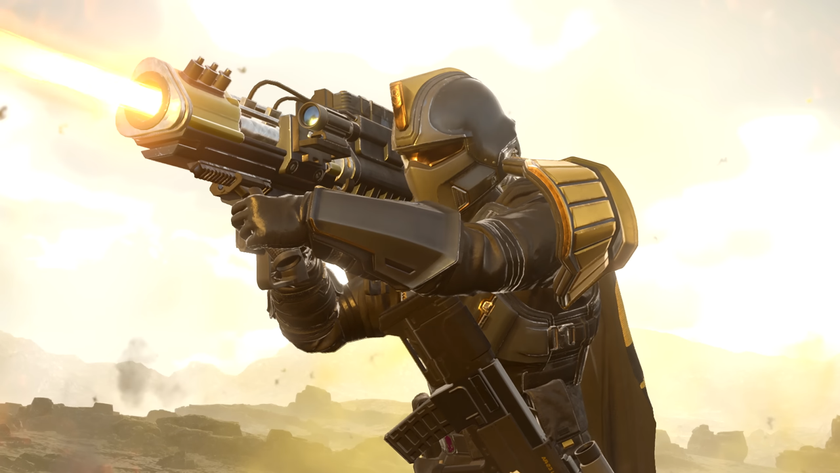
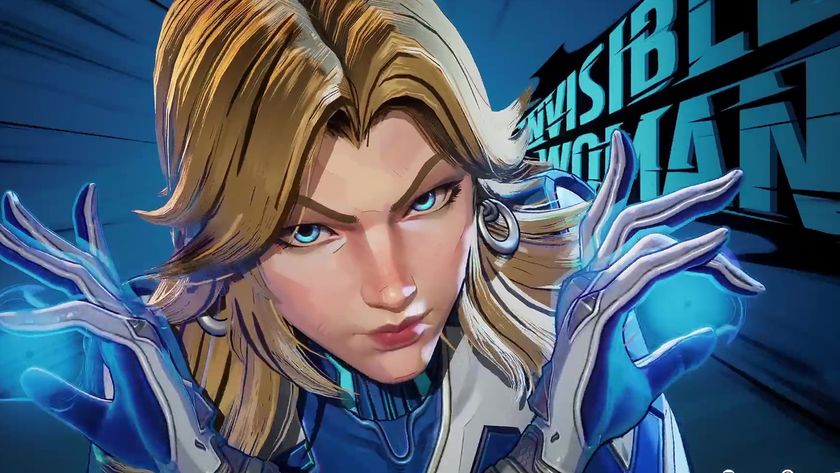
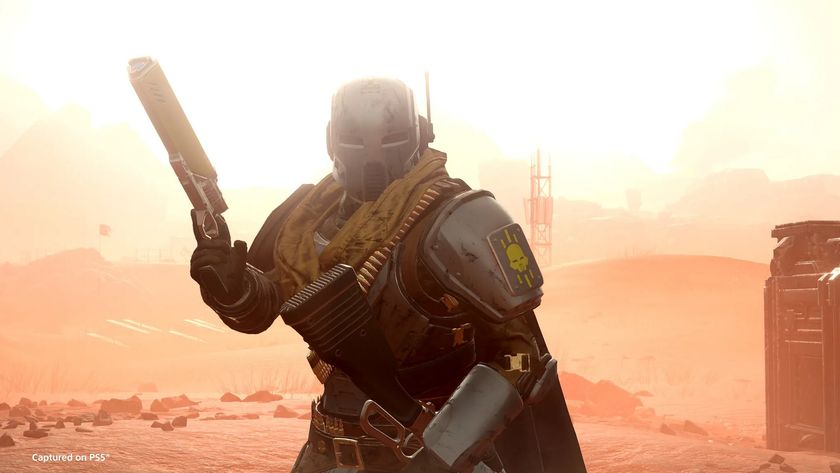
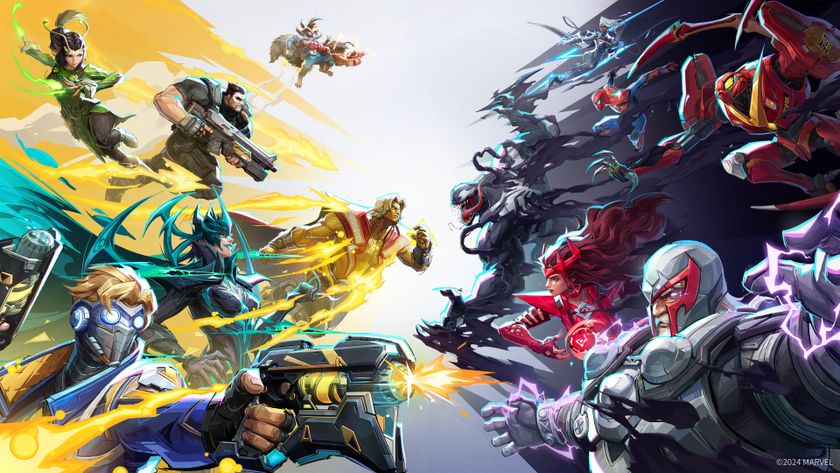
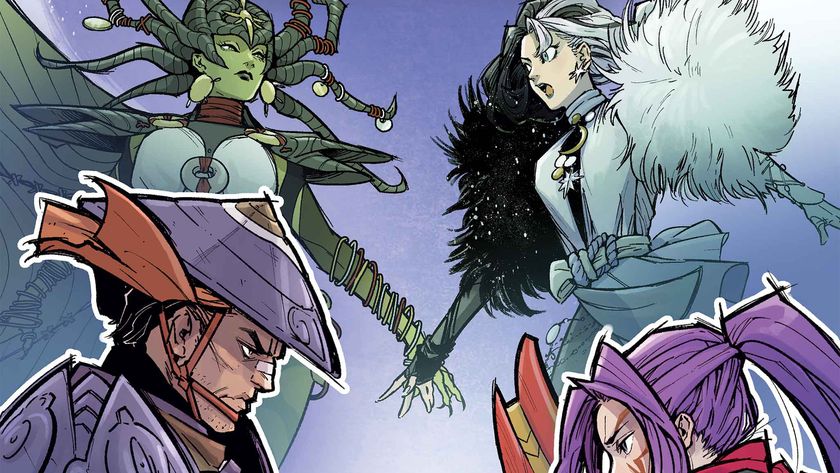
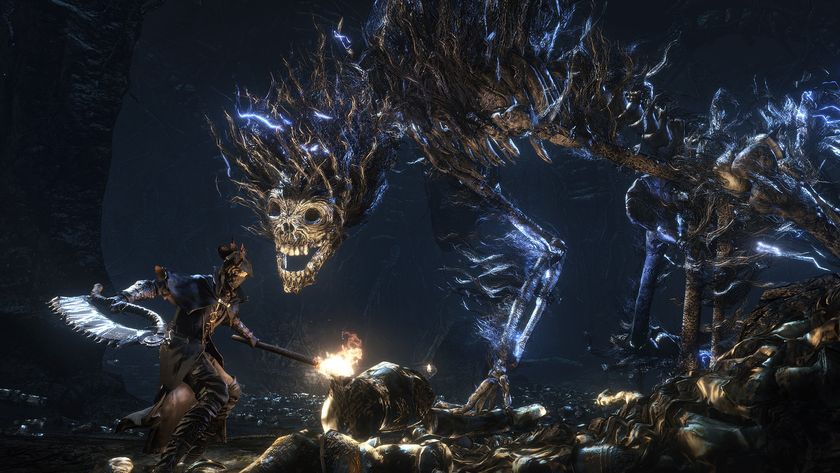

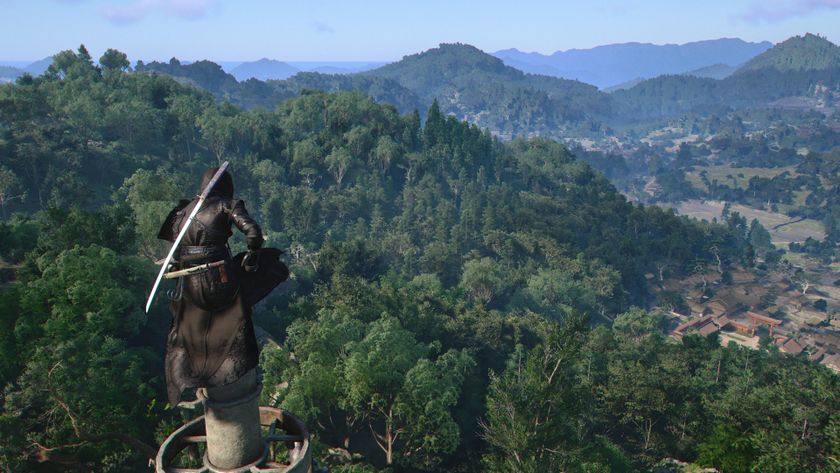
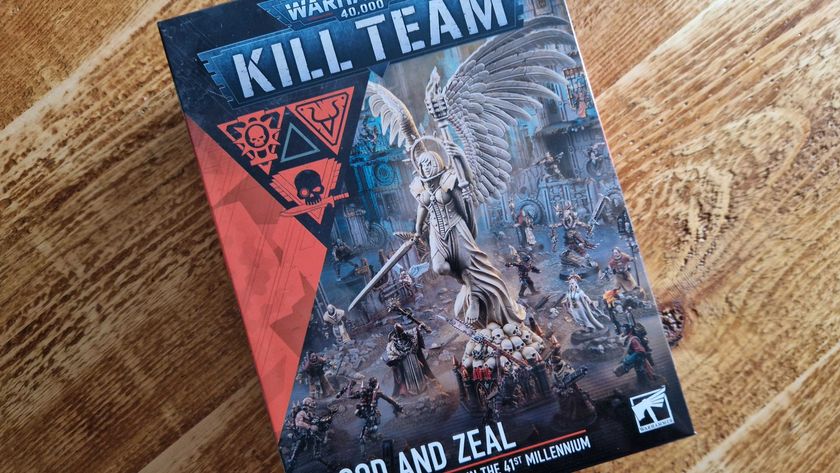
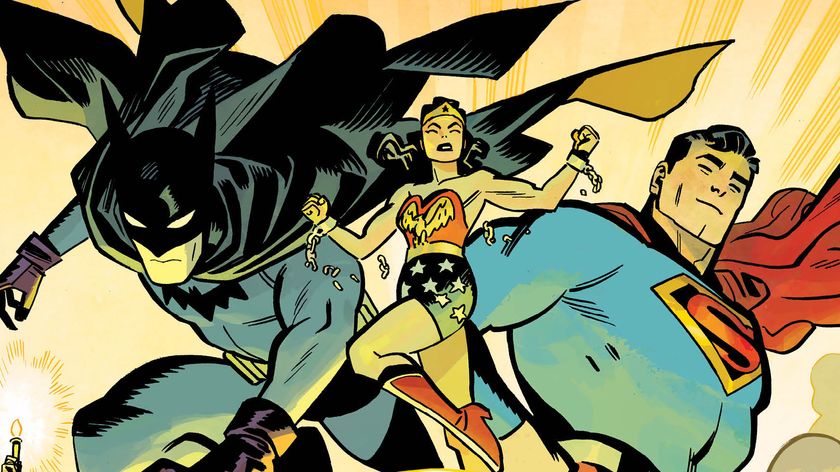
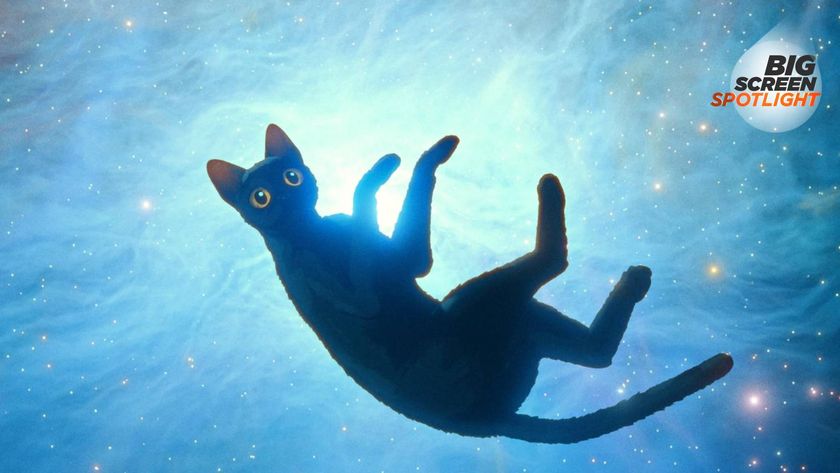

A year after Malevelon Creek became Helldivers 2's fiercest battleground, it looks like the Automatons are coming back for more

Helldivers 2 boss says "death and rebirth" is a natural part of the games industry, but it's "unnecessarily brutal" right now "because we don't diversify enough"

